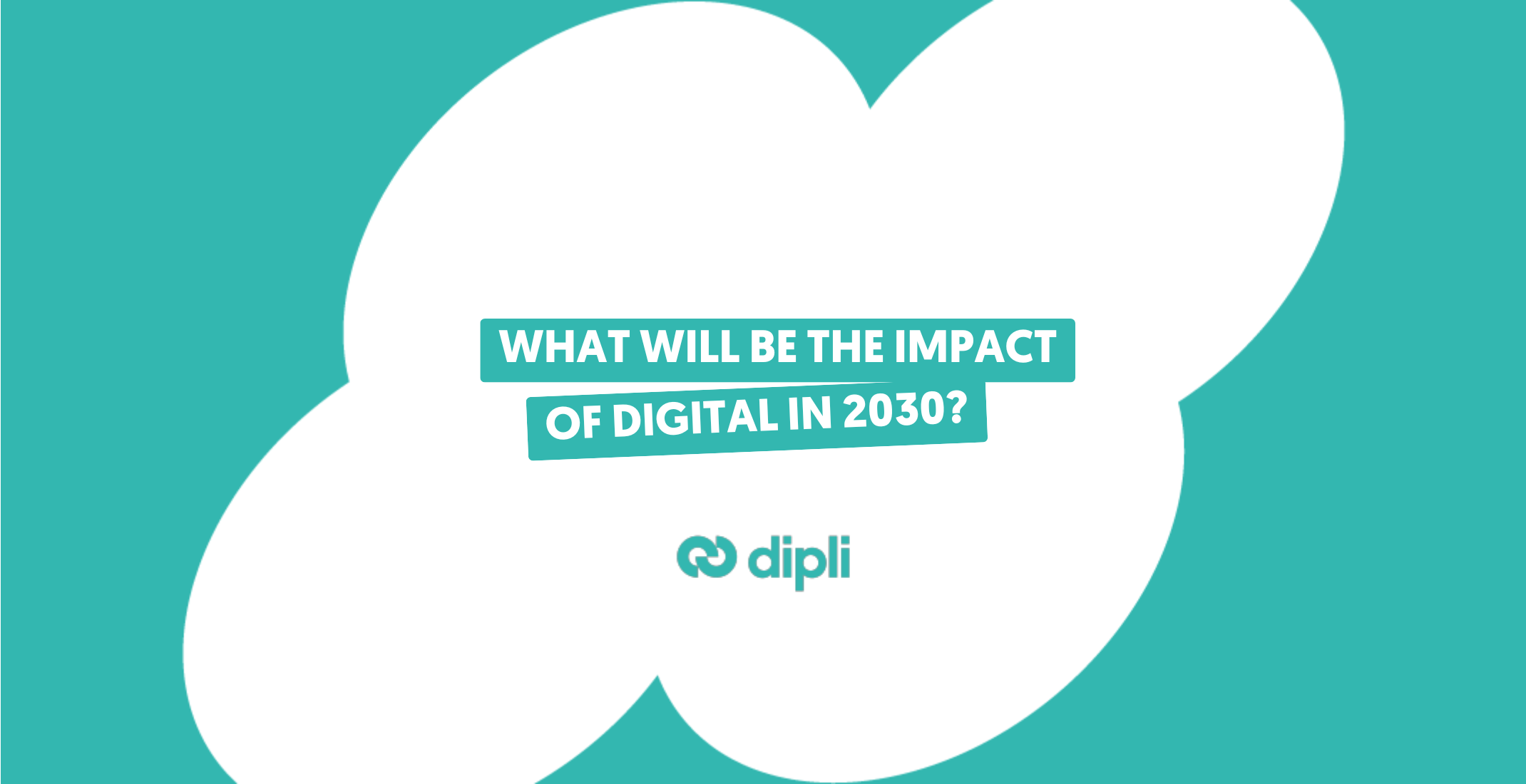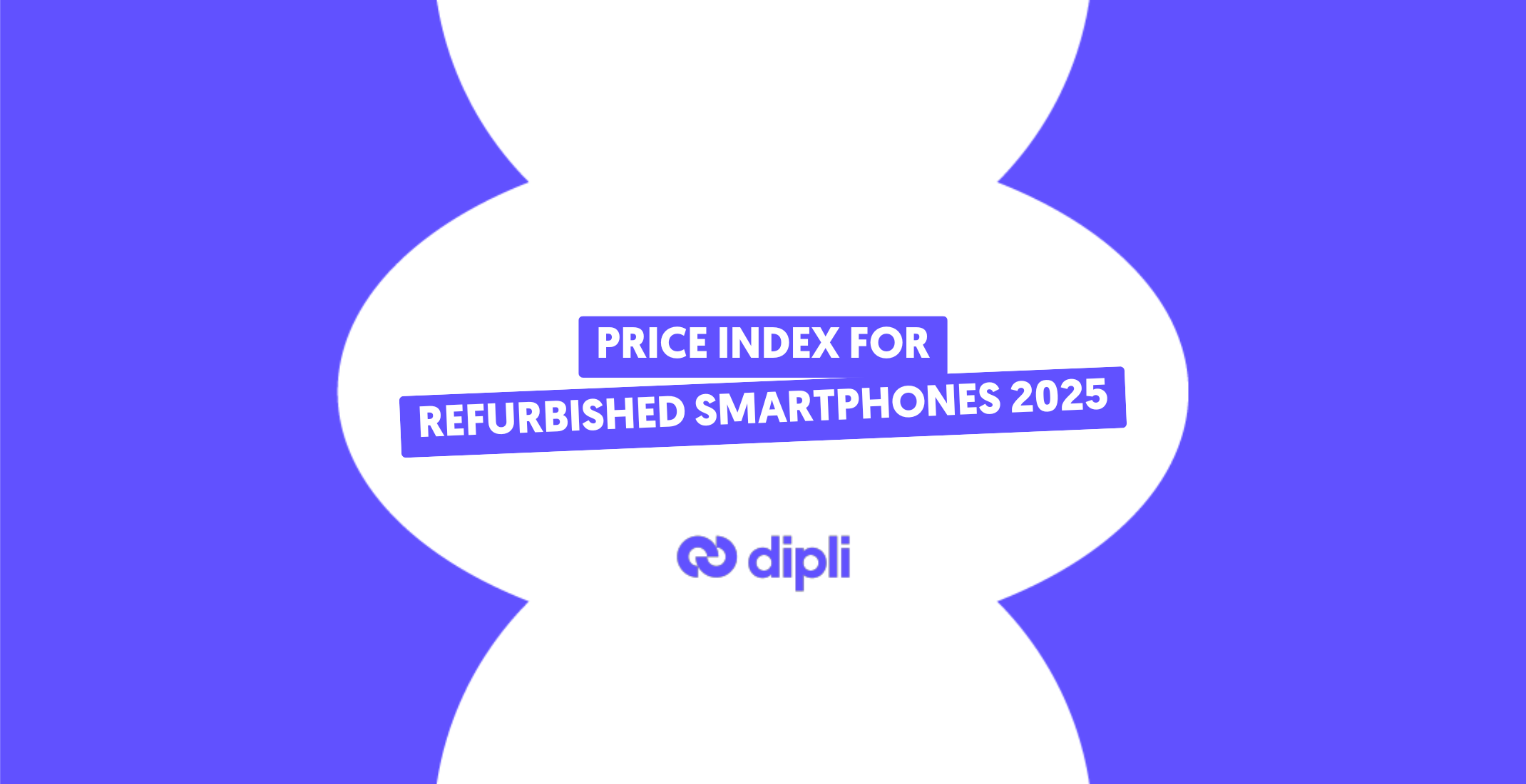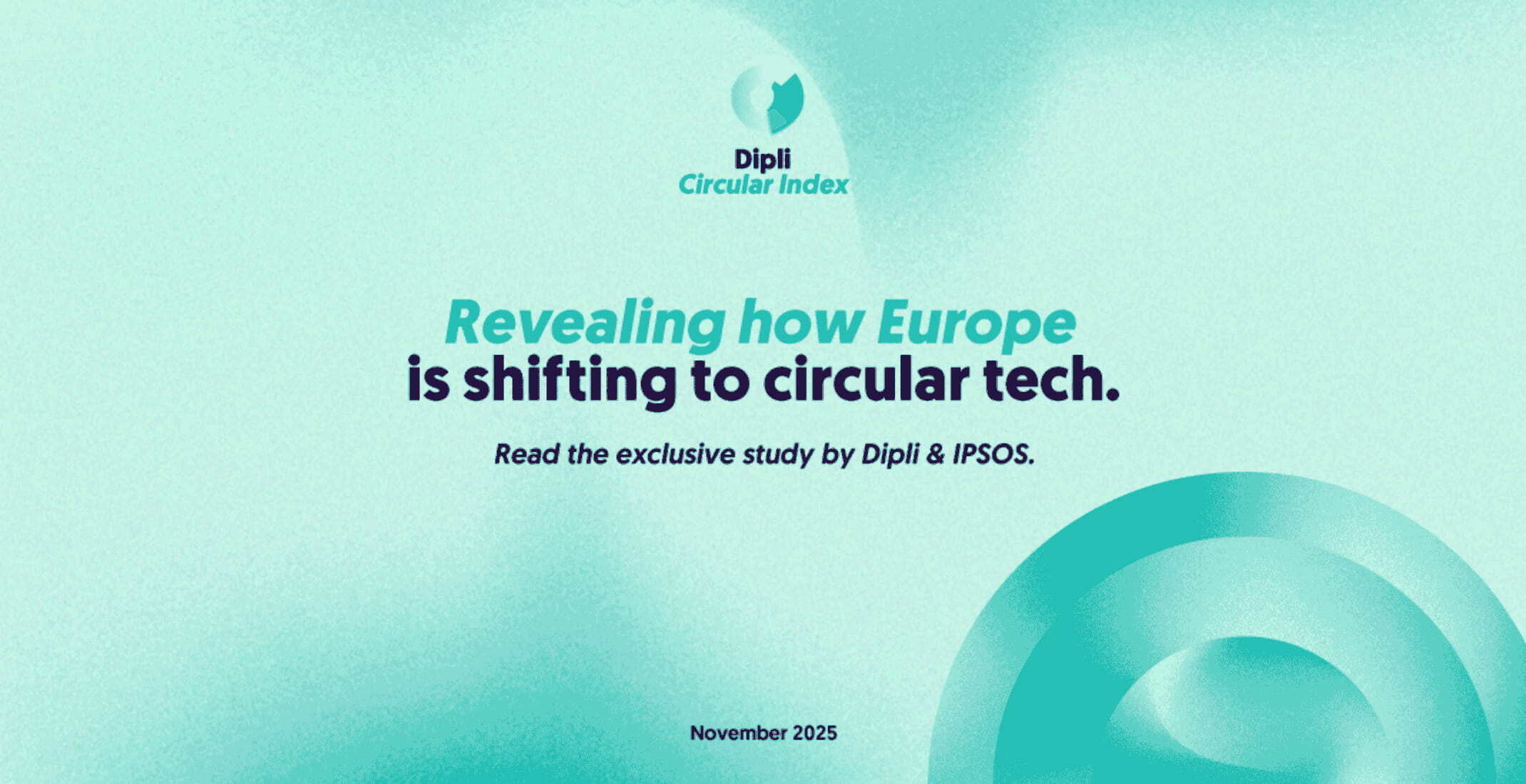What will be the impact of digital in 2030?
31/07/2023
0 comments

Digital greenhouse gas emissions could reach 25 Mt CO2eq within 30 years, an increase of 45% compared to 2023.
25 million tonnes of CO2 equivalent. This is the digital carbon footprint estimated for 2030, in France, by l'ADEME et l'ARCEP. This study, carried out in collaboration with experts and players in the digital sector, aims to anticipate digital developments in the coming decades and to assess their impact on the environment.
The environmental footprint of digital technology is expected to continue to grow in the coming years, due in particular to the increase in energy consumption related to communications equipment and networks, and the explosion in the number of data exchanged.
What is the context?
Today, digital technology is omnipresent in our daily lives and in the economy. It accounts for nearly 10% of the world’s electricity consumption and emits as many greenhouse gases as the airline industry. Its continued growth is therefore a major challenge for the ecological transition.
-1.png?width=838&height=312&name=Ajouter%20un%20titre%20(8)-1.png)
What are the stakes ?
To carry out this prospective evaluation, ADEME and ARCEP have mobilized experts and digital sector stakeholders to build scenarios for digital development. They then assessed the environmental impact of these scenarios using a model integrating electricity consumption, greenhouse gas emissions and water consumption.
So, what are the results ?
The importance of mastering digital growth for the ecological transition is highlighted. According to the scenarios studied, digital power consumption could increase by 50% to 150% by 2030 and by 60% to 300% by 2050.
However, the study also shows that actions can be taken to limit the environmental impact of digital technology.
How to make its use of digital more environmentally friendly?
It is therefore necessary to reduce the environmental footprint of digital by adopting more sustainable practices and promoting the circular economy.
To combat this, we give you 3 possible levers to reduce its digital impact :



Moreover, Dipli takes over and enhances the tech products that sleep in the closets of companies or organizations to offer them a second life! This allows them to :
- Reduce the costs of renewing their IT fleets
- Extending the life of devices
- Prevent resource extraction for new product manufacturing
- Highlight their commitment to the environment and sustainability.
For even more advice, subscribe to our newsletter on the circular economy :
Dipli simplifies the second life of electronic products.
An all-in-one tool for distributors, leasing companies, telecom operators and companies to manage the entire value chain in one place.
The platform connects the electronics industry to secondary markets; simply and securely. Trade-in and return management, refurbishment, omni-channel purchasing and distribution: Dipli covers and simplifies all stages of the circular economy.






Comments (0)